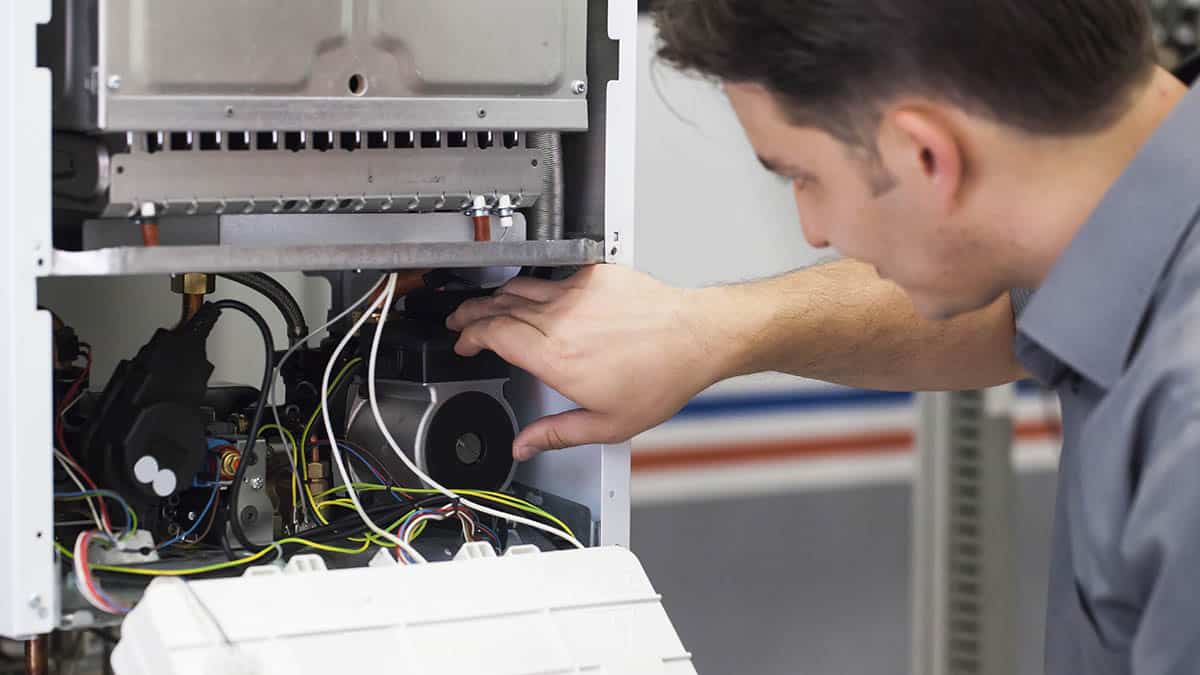
8 Signs Your Furnace is Dying
Here are eight warning signs that your furnace may need to be replaced.
Thanks to Home Energy Center, which compiled this report based on research undertaken by the federal Department of Energy, the Environmental Protection Agency, Minnesota Department of Public Service, electric and gas utilities heating and cooling manufacturers, trade associations, and field service personnel.
1. How old is your furnace?
The average life expectancy of furnaces in homes today is between 16 and 20 years. If your furnace is close to this age or older, you should begin shopping. Don’t wait for an emergency – never a time to make your most informed decision. It’s wiser to replace a furnace as a planned home improvement rather than as a panic replacement when your furnace conks out in the middle of winter. By the way, if your furnace has a pilot light, it is almost certainly 25 years or older.
2. Are your utility bills rising?
Furnaces often lose efficiency as they age, especially if they have not been properly maintained. Your utility bills rise because your furnace may run longer to provide the same amount of heat.
3. Have you been repairing the furnace lately?
It doesn’t take long to spend a significant amount of money just to keep the old furnace running. Another downside to an older furnace: As it ages, replacement parts get harder to find. While you’re waiting for parts, your house could be getting more and more uncomfortable.
4. Are you comfortable?
Are some rooms are too cold while others are too hot? Are you constantly adjusting the thermostat to get a good supply of heat? Your furnace may have lost its ability to properly distribute the air to keep you comfortable.
5. Is your burner flame yellow instead of blue?
A yellow or flickering flame may be a sign that the furnace is creating poisonous carbon. Other possible signs of carbon monoxide:
- Streaks of soot around the furnace;
- Absence of an upward draft in your chimney;
- Excess moisture found on windows, walls, or other cold surfaces;
- Excessive rusting on flue pipes, other pipe connections, or appliance jacks;
- A small amount of water leaking from the base of the chimney, vent, or flue pipe;
- Rust can be seen on the vent pipe from the outside.
6. Does your furnace make strange noises?
Aging furnaces often make some strange noises toward the end of their life — banging, popping, rattling, or squealing. Or you may you hear the furnace blower running excessively, turning off and on frequently, or blowing cold air sometimes. These may mean your furnace needs to be replaced.
7. How do you and your family feel?
As furnaces age, they can develop cracks in the heat exchanger. Carbon monoxide, if present, could leak into your home undetected. Signs may be frequent headaches, a burning feeling in nose or eyes, nausea, disorientation, flu-like symptoms. If you experience any of these symptoms, air out your house, open a window to the furnace room and immediately call a gas service technician.
8. Is your house dry or dusty?
Old furnaces often fail to moisturize and clean the air in your home. Your house air may feel stuffy or stale, or your family may suffer from allergies to airborne dust, mold, pollen, viruses or dander, dry nose, dry throat, or dry skin. Other signs may be frequent dust accumulation, static shocks, drooping plants, furniture cracking and musical instruments that don’t stay in tune. Your old furnace may not be able to provide you with the comfort you and your family may want.


